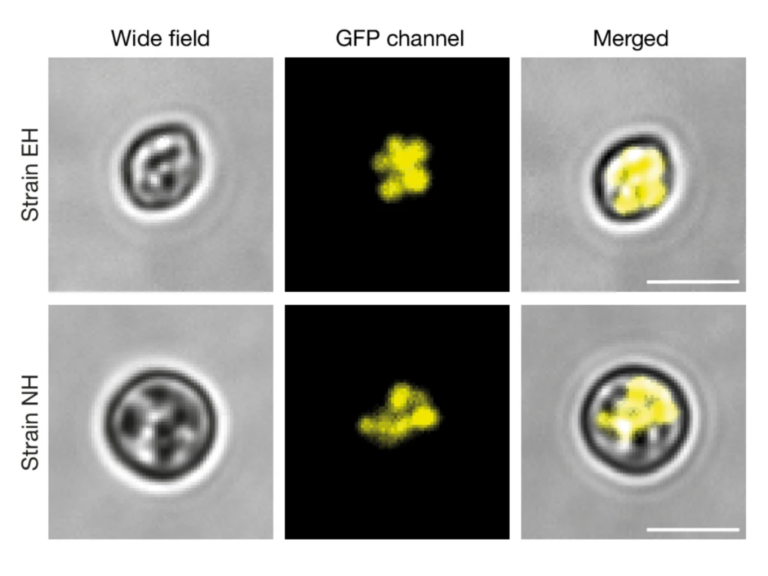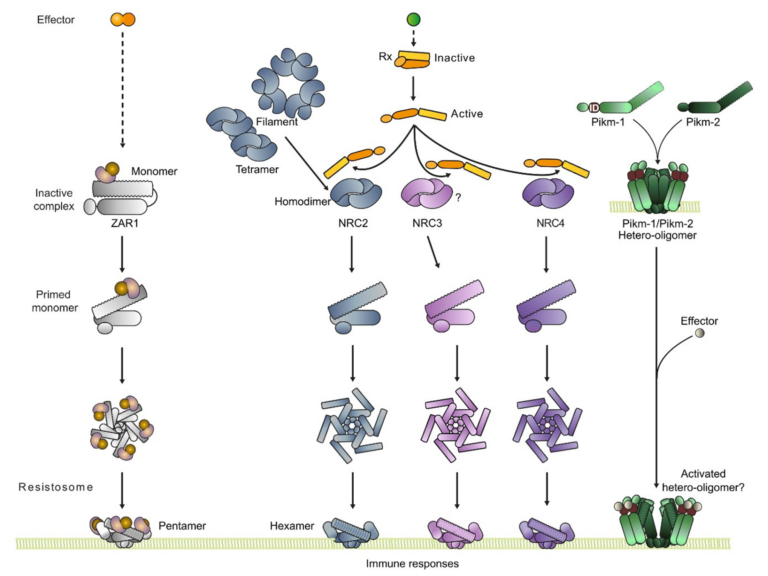Breaking the Biotrophic Interfacial Complex (BIC) - how genome editing can lead to rice blast resistance
Genome editing is a transformational technology– by precisely altering the coding or regulatory sequence of a specific gene, it is now possible to change specific traits within a wide variety of organisms. As a consequence, plant breeding can be taken to a new level of precision, and many countries are moving rapidly to adopt new legislation to permit genome editing (Greenwood et al., 2023). However, genome editing has so far seldom been used to develop disease-resistant crops. This is because plant immunity often depends on single dominant resistance genes, which encode immune receptors that recognise secreted effectors deployed by plant pathogens (Jones and Dangl, 2006). In this context, genetic modification has proven to be a much more powerful technology so far to introduce these genes from distinct varieties, or even different species, to develop disease resistant crop species (Greenwood et al., 2023), especially when multiple disease resistance loci can be introduced together to provide more durable resistance (Luo et al., 2021). Genome editing can be used in an innovative way to resurrect previously effective resistance genes (Contreras et al., 2023), but has been less effective at introducing new forms of disease resistance to crops.


